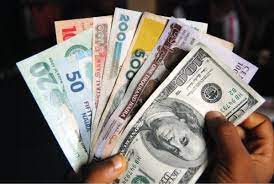MOBILE money-enabled transactions grew by 48 per cent to reach $15.9bn in 2021 in Nigeria and other low- and middle-income countries, according to GSMA, a global association of telecommunication operators.
The organisation said the number only represented about 2.7 per cent of total forecast flows to these countries.
It revealed this in a report titled, ‘State of the Industry Report on Mobile Money 2022.’ It said, “When the COVID-19 pandemic began in early 2020, the ensuing global recession and fears of mass unemployment were expected to result in a sharp decline in international remittance flows to LMICs.
“Instead, diasporas around the world continued to support those at home and, despite a challenging year, international remittances only dropped by 1.7 per cent in 2020. In the same period, the number of international remittances sent and received via mobile money grew very quickly, enabled in part by a widespread and accelerated shift to digital transactions.
“While total remittance flows to LMICs were expected to increase by 7.3 per cent in 2021, mobile money enabled remittances grew faster, by 48 per cent, to reach $15.9bn. Despite this impressive growth, the total value of remittances sent through the mobile money channel still represents just 2.7 per cent of total forecasted flows to LMICs, estimated at $589bn in 2021.
“This indicates that, even after remarkable growth, the mobile money channel still has considerable potential. It remains to be seen whether higher rates of digitisation and mobile money-enabled international remittances will continue beyond the pandemic.”
GSMA added that this trend was expected to continue since digital international remittance flows were faster to operate and more affordable.
However, it noted that 40 per cent of mobile money providers do not offer international remittance services to their customers.
In Nigeria and other Sub-Saharan African countries, the figure is 30 per cent despite the high cost of remittances in the region.

